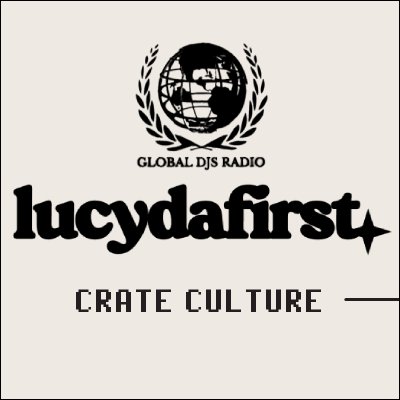The museum Nihon no Hanga in Amsterdam will open the doors for an autumn exhibition during the month November.
 Along with Adventurous Artists: Depicting Japan and the World, which opened this Spring, the museum will be featuring a mini-exhibition on the top floor titled Printing Styles: Techniques of Japanese Printmaking. The most asked question in the museum has always been: how are these prints made? In the small booklet, the museum will give a detailed answer: highlighting woodblock printing techniques illustrated by prints from the collection.
Along with Adventurous Artists: Depicting Japan and the World, which opened this Spring, the museum will be featuring a mini-exhibition on the top floor titled Printing Styles: Techniques of Japanese Printmaking. The most asked question in the museum has always been: how are these prints made? In the small booklet, the museum will give a detailed answer: highlighting woodblock printing techniques illustrated by prints from the collection.
This exhibition is a revisit of the exhibition “Wood, Paper, Ink” that took place in May 2014. This time Nihon no Hanga provides for an informative booklet that also serves as an exhibition guide. Every Friday at 14.00 the Junior Curator will give a guided tour, more information can be found on the Eventbrite page.
Special event
On Friday, November 3rd there will be a special event where woodblock print artist Paul Binnie present an illustrated talk (in English) about his work and its relation to prints of the past, as well as giving a live demonstration of woodblock printing.
Paul Binnie is an artist and printmaker trained in Tokyo in the traditional methods of woodblock printmaking. He is known for working with several typically Japanese subjects, such as Tattoos, Kabuki, Landscape and Bijin-ga, or pictures of beautiful women, and he has been collected by the Metropolitan Museum in New York, the British Museum in London and the Rijksmuseum here in Amsterdam. Tickets are € 15,00 via Eventbrite, seats are limited.
Adventurous Artists: Depicting Japan and the World

West studies East and East studies West. In the 19th century many western artists were infatuated with anything Japanese, and with Japan opening its doors to the world and new modes of travel, a journey to this intriguing country became a possibility. While many notable western painters used the imagery and composition of Japanese prints as an inspiration, a few set their hearts on learning the elaborate process of woodblock printmaking. Among the early 20th century pioneers who voyaged to the Orient and immersed themselves in the world of Japanese prints were Fritz Capelari (AU), Emil Orlik (CZ), Pieter Irwin Brown (NL, also known as Peter van Oordt) Charles Bartlett (GB), Cyrus Baldridge (US), and Elizabeth Keith (GB).
Fritz Capelari supplied the first designs for what became known as shin hanga (new prints), spearheaded by publisher Watanabe Shōzaburō. Others designed prints for him based on their Japanese inspired subject matter as well as sketches from their travels across Asia. Emil Orlik was known to have directly influenced artists such as Yamamoto Kanae. He was part of a new generation of Japanese printmakers who dedicated themselves to self-producing prints, titling it the sōsaku hanga (creative prints) movement. In turn, numerous artists belonging to this sōsaku hanga tradition, such as Nagase Yoshirō, Asahi Masahide and Ono Tadashige, ventured to Europe and were not only influenced by western style printmaking and imagery but also extensively explored Asia to find new scenes to be translated into prints.
All of these artists, western and Japanese, became part of an intricate and fluid network of early 20th-century printmaking, which even extended to contemporary western artists making their own Japanese style woodblock prints without ever adventuring to Japan.
The exhibitions can be visited from Friday through Sunday in November from 12.00 till 16.00. The address of Nihon no Hanga is Keizersgracht 586 in Amsterdam.
Source: Nihon no Hanga




















